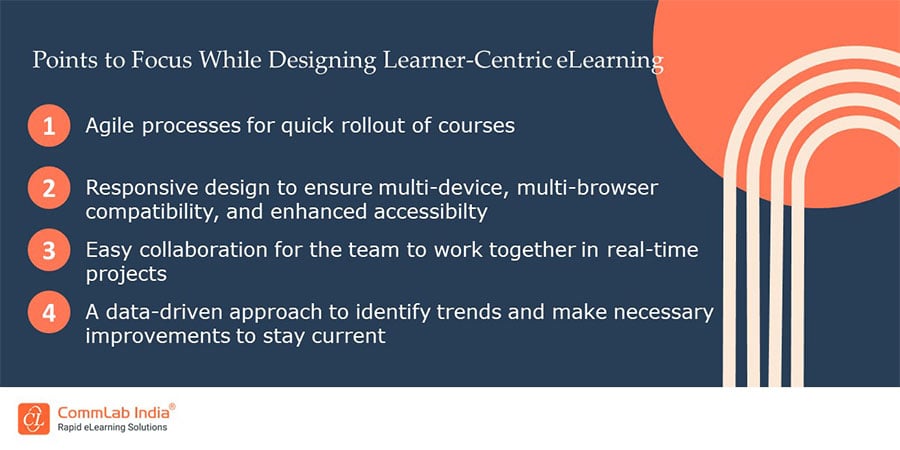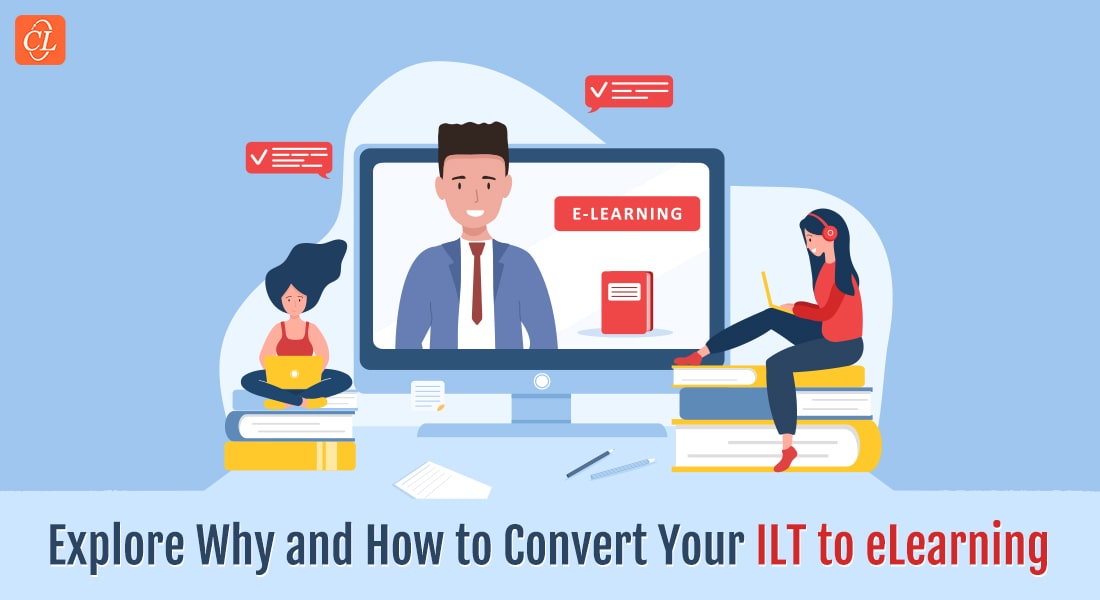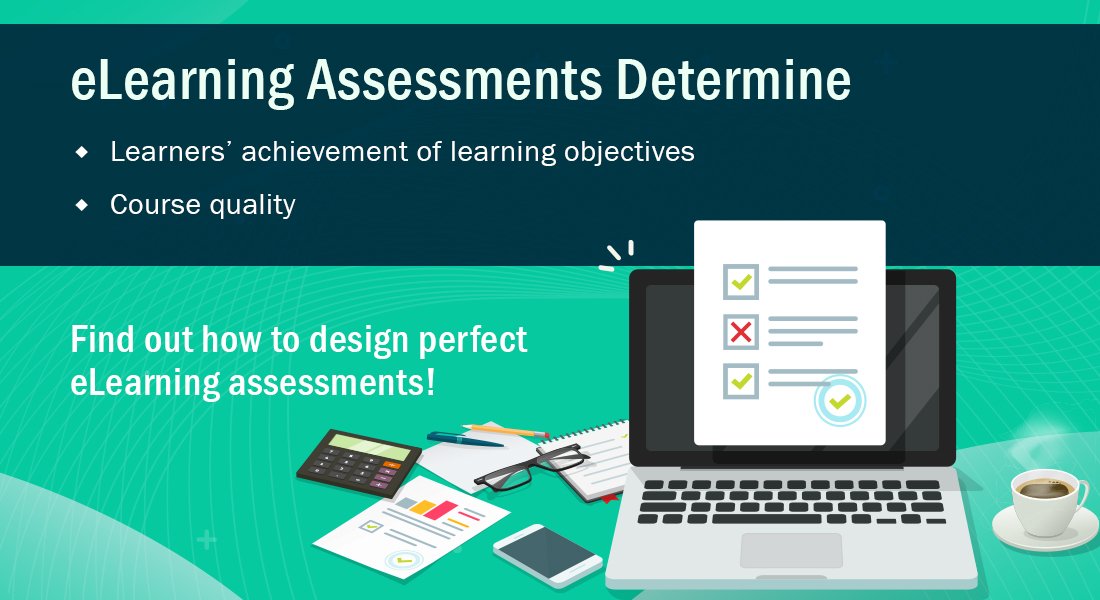8 Ways Your Company’s eLearning Initiatives to Evolve Right Now

ELearning is not a new concept, but it’s one that has evolved significantly over the last decade. Today, eLearning has become a viable and effective way to educate employees in an age of constant technological growth and change. However, as we know all too well, everything changes constantly in business—and sometimes eLearning efforts need to change with it. Today’s learners have different expectations than they did five years ago. And if your company wants its eLearning efforts to be successful now and, in the future, here are some ways you can make them more relevant:
Change is the Only Constant and That Applies to eLearning Too
Here are a few ways to evolve your eLearning initiatives to stay relevant:- Create a culture of learning
- Include modern learning strategies
- Offer personalized learning experiences
- Say yes to microlearning
- Use rich media sources
8 Ways Your eLearning Initiatives Should Evolve to Stay Relevant
1. Create a Culture of Learning
Learning is the single most important factor in improving performance. It’s necessary to foster a culture of learning at your company, so employees can grow and improve their skills over time. The benefits of creating such a culture are numerous:
- Increased productivity—Employees who continuously evolve and learn new things are more productive than those who don’t because they have access to better resources and strategies.
- Improved employee retention and engagement—A company that encourages its employees to learn new things will have happier employees; those who feel supported by their employers are likely to be more committed, which means less turnover and lower costs associated with hiring replacements for departing workers. This also leads back to increased productivity!
2. Include Modern Learning Strategies
Modern learning strategies like scenarios and gamification breathe life into your eLearning courses. It can help learners engage with the content and facilitate learning in a fun way.
Gamification has been shown to boost the engagement, motivation, and retention levels of learners. The reason? When you add gaming elements into learning environments—like giving scores and badges for completing modules or encouraging them to collaborate with each other or introducing leaderboards to encourage healthy competition—it encourages learners to take action that they otherwise might not have taken otherwise. Scenarios too are an effective way to drive learner engagement in eLearning courses. They allow learners to experience real-life work scenarios and enable better critical thinking and decision-making.
Watch this video for the top 5 resources to get started with gamification in eLearning.
3. Offer Personalized Learning Experiences
Personalized learning is an important aspect of any eLearning course. In order to personalize content, you need to personalize the learner’s experience. That means having a way for learners to log in and track their progress through each section of your course. It also means allowing them to skip around if they feel they are ready for a new section before completing all previous ones.
The most efficient way to accomplish this is by using adaptive learning paths that allow users to progress at their own pace based on how well they understand what you are conveying at that moment, but also keep track of where people left off last time and make suggestions about what should be learned next based on that information.
→ Download eBook: Become an eLearning Champion!
4. Say Yes to Microlearning
Microlearning is a way to deliver information in small chunks. It can be done through videos, interactive tasks or even just text. In most cases, microlearning is meant to be consumed by employees on the go and not as part of an entire course.
Microlearning often takes the form of quick videos that cover a single topic, like how to use a new software program or fill out an important document. For example, if you need your employees to learn how to properly record expenses at work but don’t want them sitting through an hour-long lecture on expense reporting (or if they won’t have time), you could create several short videos that show them exactly what they need to get it right.
The term ‘micro’ refers more specifically to simply being brief; it also refers specifically to breaking down the learning process into smaller chunks so that learners can digest information in manageable portions—as opposed to being overwhelmed by taking on too much all at once. You can chunk your lengthy eLearning courses into small microlearning modules and increase the effectiveness of training.

5. Use Rich Media Sources
Your eLearning courses should use rich media, video, and animations in order to engage learners. eLearning courses that have used videos to engage learners have been successful, as they can be used effectively in the design of your eLearning course. A video is a form of rich media that has many advantages over other types of rich media that you might use, such as infographics or illustrations. You can use interesting animations to present larger content chunks rather than text-heavy screens with monotonous audio narration to enhance learner engagement.
6. Leverage Learning Analytics
To let your eLearning initiatives flourish, invest in a learning management system (LMS) for hassle-free hosting of eLearning courses and delivery of training. LMS provides you with learning analytics that helps gather relevant data and generate customized reports to measure the effectiveness of your courses. If you’re not using learning analytics to improve your eLearning, you’re missing out on a lot of information that can help you make smarter design decisions. By analyzing learner behavior and engagement, you can identify trends in how employees interact with your content, which allows you to make important changes that will increase learner success.
7. Go for a Mobile-First Approach
Mobile learning is convenient, engaging, cost-effective, and efficient for learners and your organization. It also meets the ever-changing expectations of end users, who now expect access to information anytime and anywhere via multiple portable devices. Mobile learning offers security advantages as well because it’s accessible from secure networks only (not public wifi hotspots) so there are fewer opportunities for hackers to compromise your content. Make sure you design responsive eLearning to enhance the accessibility of courses on various mobile devices and platforms.

8. Make Your eLearning Courses Customizable
One of the most important things to consider is the flexibility of your eLearning — how easy is it for you to change the content and presentation? This will help you when you want to update your content or make small changes, such as adding a new link or changing the path through a course.
It’s also important that your eLearning be customizable so that it can be used by a variety of people with different goals, needs, and learning styles. For example, if you have a sales team and a finance team using the same training module, they may need very different things out of it. It will be much more effective if each team can customize their own experience based on their specific needs while still having access to all relevant information. This can help you achieve your sustainability and DEI (Diversity, Equity, and Inclusion) goals.
Wrapping it up!
While there is no one-size-fits-all approach to eLearning, there are some key considerations that will help you find the right fit for your company’s needs. Think about the kind of content you want to share and how it’s going to be used by your employees. Then consider how much flexibility and agility your organization will require as it grows over time. Finally, look at what type of platform would best support all these factors while still providing a great user experience. Need more tips to design learner-centric eLearning courses and increase your training ROI? Well, this eBook can help you become an eLearning champion. Get your copy now!





